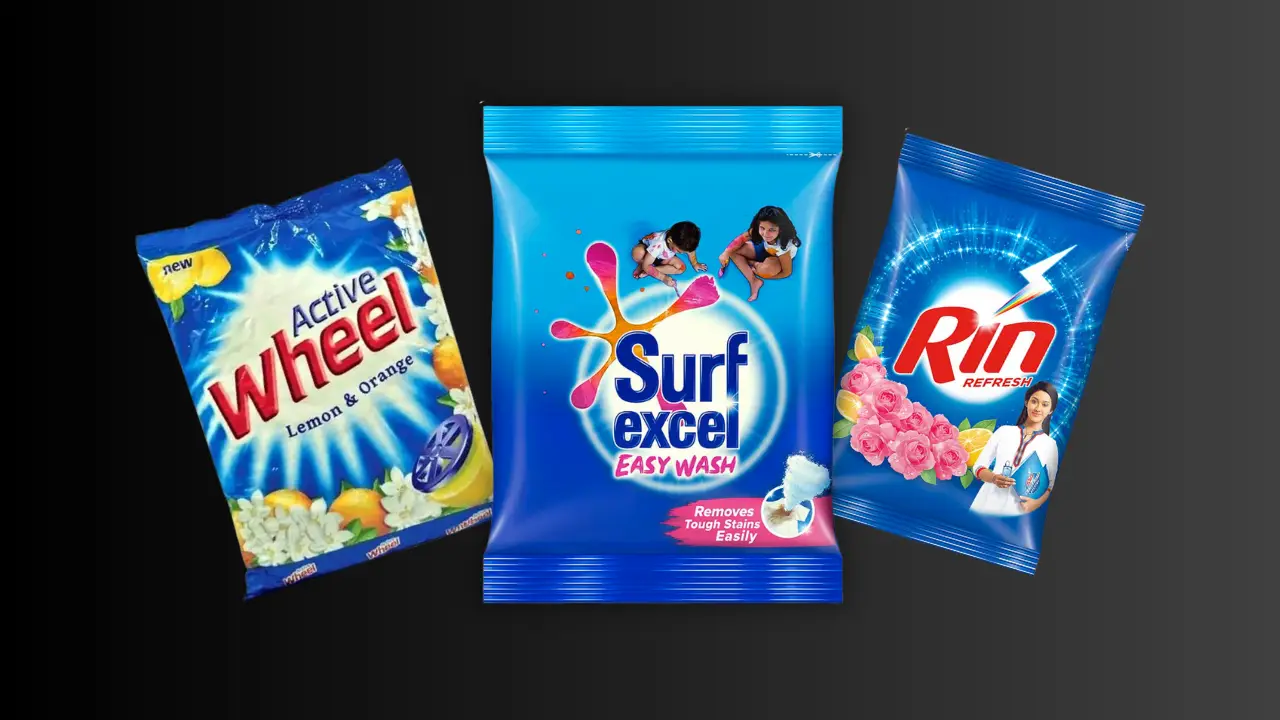The Fast-Moving Consumer Goods (FMCG) sector is a dynamic and competitive arena where everyday items like snacks, toiletries, and household cleaners are the main players. These products, essential for daily living, are bought frequently, consumed rapidly, and priced modestly. Yet, the real challenge in the FMCG industry lies not in the products themselves but in the fierce battle for consumer attention and loyalty.
Importance of Consumer Segmentation
In the world of FMCG, understanding your customer is key. This is where consumer segmentation comes into play. It involves dividing potential customers into distinct groups based on shared characteristics such as age, interests, or lifestyle habits.
Think of it as a social gathering: the way you interact with different people varies based on your understanding of their interests and personalities. Similarly, consumer segmentation in FMCG is about tailoring marketing strategies to resonate with specific groups. It’s about ensuring that a health-conscious millennial sees the ad for organic cereal, while the busy parent finds the quick-cooking pasta.
The Pillars of Consumer Segmentation
Demographic Factors: This is the ‘who’ of your customer base – age, gender, income level, education, and family status. It’s like classifying your Spotify playlist based on who’s likely to listen to which genre. A diaper brand, for instance, targets parents of young children, not college students.
Geographic Segmentation: Ever wondered why you see more ads for snow shovels in Minnesota than in Florida? That’s geographic segmentation. It’s about where your customers live and how their location affects their purchasing behavior. It’s not just about countries or states; even urban vs. rural settings can make a big difference.
Psychographic Segmentation: This dives into the ‘why’ of consumer behavior. It’s about lifestyles, values, interests, and attitudes. It’s like Netflix recommending you movies based on your previous watches. A brand selling luxury watches would target a segment valuing prestige and status, not just anyone who needs to tell time.
Behavioral Aspects: This looks at how consumers interact with products – their buying patterns, brand loyalty, and benefits sought. It’s like tracking how often you order pizza to offer you a special deal. A company might target frequent travelers with compact-sized personal care products.
The Crucial Role of TV Commercials
In the digital age, TV commercials still hold significant sway. They are more than just interludes in programming; they are a potent tool for targeted marketing. These commercials have the power to not only showcase a product but also to evoke emotions, create connections, and build brand identity.
Imagine a family sitting together watching a primetime show. A well-crafted TV commercial during this time can introduce a new product, reinforce an existing brand’s values, or even sway consumer preferences. It’s a blend of art and science: the art of storytelling meets the science of consumer behavior.
Effective TV commercials are not a product of chance but a result of meticulous planning and understanding of the target audience.
A commercial about the latest sports car during a football match or an ad for baby products during morning shows exemplifies strategic placement. It’s about being at the right place at the right time with the right message.
Hindustan Unilever’s Segmentation Strategy in Detergents
Hindustan Unilever, a leading FMCG player in India, presents a fascinating case study in consumer segmentation through its range of detergent brands: Active Wheel, Rin, and Surf Excel. Each brand targets a specific demographic, evident in their pricing, product positioning, and particularly in their TV commercials.
Active Wheel: Catering to the Low-Income Group
The Active Wheel commercial features a factory worker returning home to a rural setting, tired and with a dirt-stained shirt. His wife uses Active Wheel, transforming the shirt to look brand new. The punchline emphasizes affordability: great results without burning a hole in your pocket.
The unique selling proposition here is “Great Results on a Budget.” The ad’s narrative and setting resonate with the struggles and aspirations of the low-income group, emphasizing value for money without compromising on quality.
Rin: Targeting the Mid-Income Group
Rin’s advertisement shifts gears, featuring a woman engineer, symbolizing middle-class progressiveness. The setting is a well-furnished home, suggesting a step up from rural simplicity. The narrative highlights the daughter’s career achievements and the enhanced effectiveness of Rin.
The key message is “More Product, Same Price,” subtly indicating that budget isn’t a primary concern. It’s about getting more value and recognizing the aspirations of the middle-income group, who seek quality and quantity.
Surf Excel: Appealing to Urban Millennials
Surf Excel’s commercial takes place in a modern urban apartment. It showcases a father and son, with an accidental spill leading to the usage of Surf Excel. The emphasis is on quick, effortless cleaning.
Quick and Efficient Cleaning with Minimal Effort.” This ad doesn’t talk about budget constraints or overt pride in accomplishments. Instead, it highlights the urban, fast-paced lifestyle, where time is precious, and convenience is king.
Pricing Strategy
The pricing of these detergents aligns with their target demographics:
| Brand | Target Demographic | Ad Setting | Ad Narrative | USP | Price/kg |
| Active Wheel | Low Income Group | Rural home, factory worker | Factory worker’s shirt made new, emphasis on budget | Great Results on a Budget | ₹80 |
| Rin | Mid Income Group | Well-furnished home, woman engineer | Career woman, more product for same price | More Product, Same Price | ₹100 |
| Surf Excel | Urban and Millennial Audience | Modern urban apartment, father and son | Quick, effortless cleaning, emphasis on convenience | Quick and Efficient Cleaning with Minimal Effort | ₹150 |
Key Learnings:
Hindustan Unilever’s strategy with these three brands is a textbook example of effective consumer segmentation in the FMCG sector. It shows how different segments have different priorities and aspirations, and how a company can cater to these varied needs with distinct products and marketing strategies. Each brand, through its unique positioning and communication, connects with its respective audience, showcasing the power of targeted marketing in creating a strong and diversified brand portfolio. This deep dive into consumer segmentation reveals a fundamental truth in marketing: understanding your audience is key. By segmenting consumers based on demographic, geographic, psychographic, and behavioral aspects, brands can create more meaningful and impactful connections. It’s not just about selling a product; it’s about telling a story that resonates, about creating a narrative that fits seamlessly into the consumer’s life.
As we close this chapter, let’s ponder over the impact of such targeted strategies in our own lives. Think about the last detergent ad that caught your attention – was it the budget-friendly promise, the pride in professional achievements, or the allure of quick and effortless cleaning that resonated with you? Ask yourself, what’s your favorite detergent ad, and why? This reflection is not just about preference; it’s a window into how well marketers understand and cater to your needs.
In the dynamic world of FMCG, the art of segmentation is continually evolving, and as consumers, we play a pivotal role in shaping its future. So, what’s your story?



